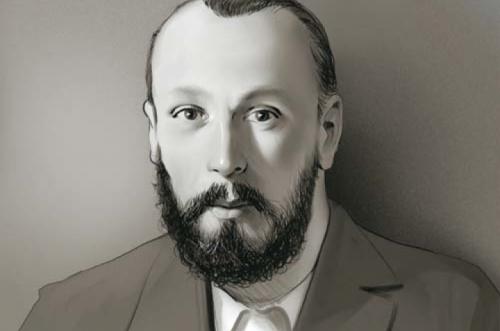

Bakhtin is reacting to the movement of linguistics that he sees as forgetting the inherent heteroglot nature of language. The term heteroglossia literally means having different languages, but it may be thought of as a state of many interpretations under which a single word may be understood. Another term for the complex network of languages within which any text exists is heteroglossia. I would probably call “languages” as he describes them to be “models” instead, as they involve similar terms of particular treatments, interpretations, and understandings of the world. This may be seen as a dialogue between languages, between the language of the text and the languages that make up the world in which the text exists, that the text describes. In this work, Bakhtin introduces his ideas of dialogism, which is his approach to intertextuality and the property of a work existing in a constant dialogue with its context. The digital is uniquely gifted in this fashion, as it can operationalize these rules and reveal their capacities and limitations. It does this the same way that the novel does, by revealing the structure and patterns of the other genres and media. The digital too is young and immature, and like the novel it has the capacity to incorporate, extend, and parody other media. There are many powerful analogies that can be made between Bakhtin’s study of the novel and digital media.

Bakhtin nonetheless saw the novel as new and unique among genres, because of its capacity to incorporate material from other genres, and reformulate and parody them. This is despite being written in the 1930s, when we would normally think of the novel as being much more stable. The book describes the novel as a new genre, one that is relatively new and immature. The Dialogic Imagination is Mikhail Bakhtin’s examination of the novel. Procedural abstraction and representation.


 0 kommentar(er)
0 kommentar(er)
